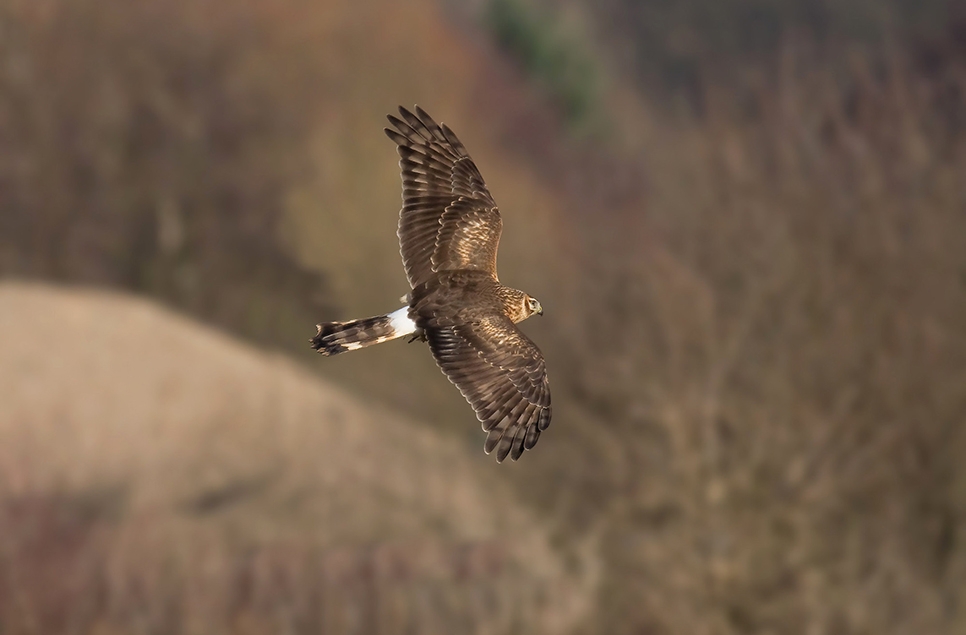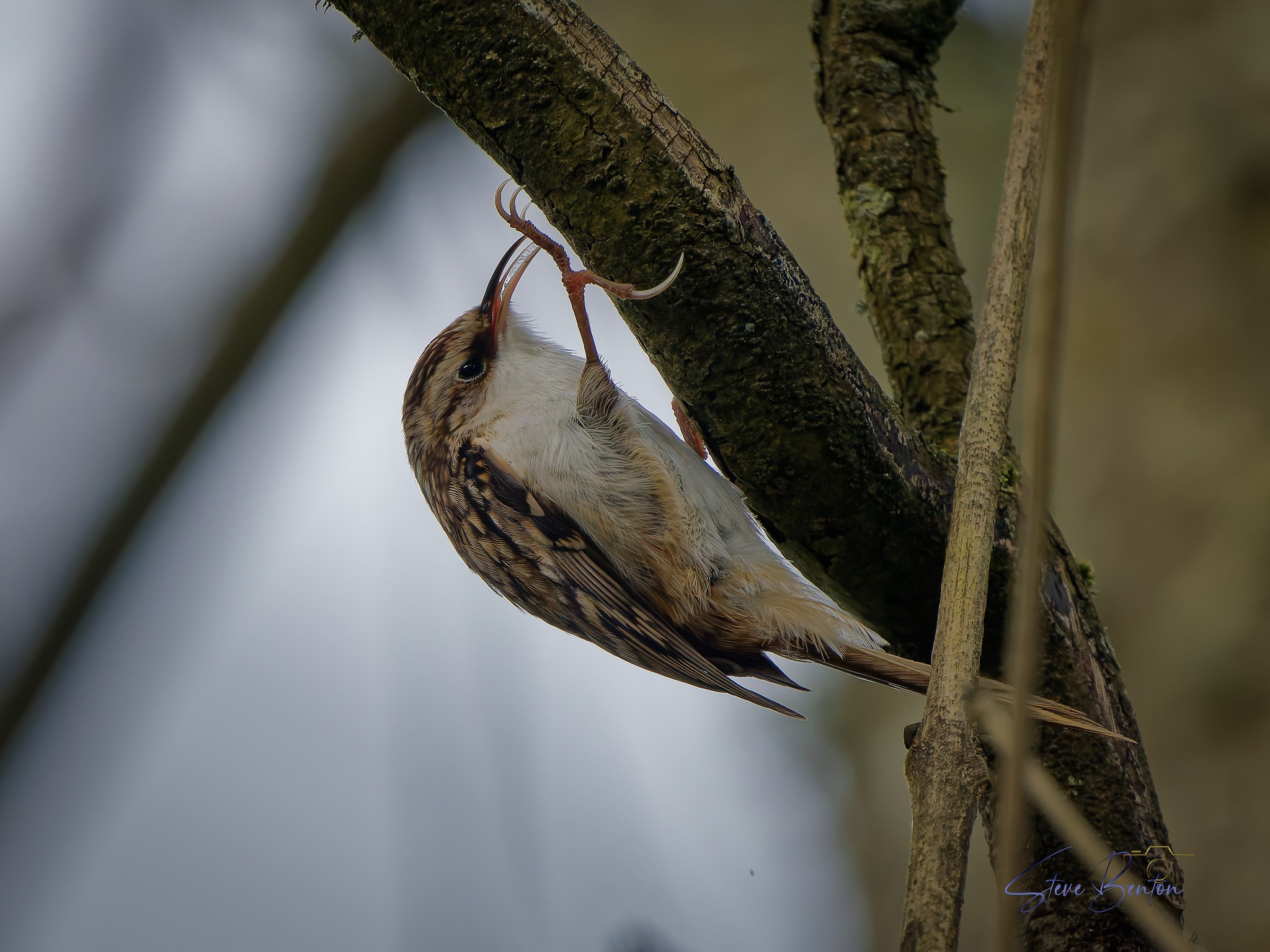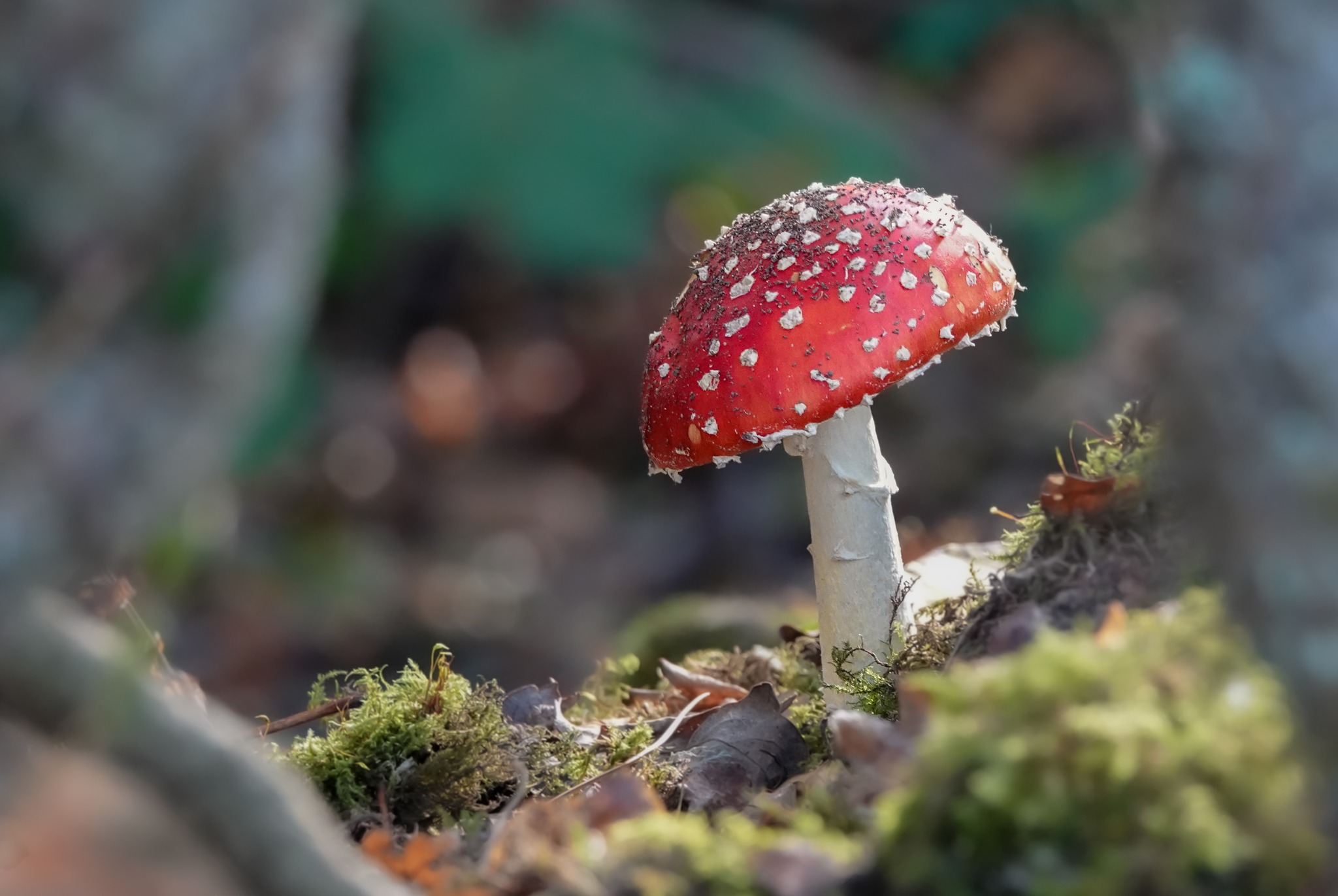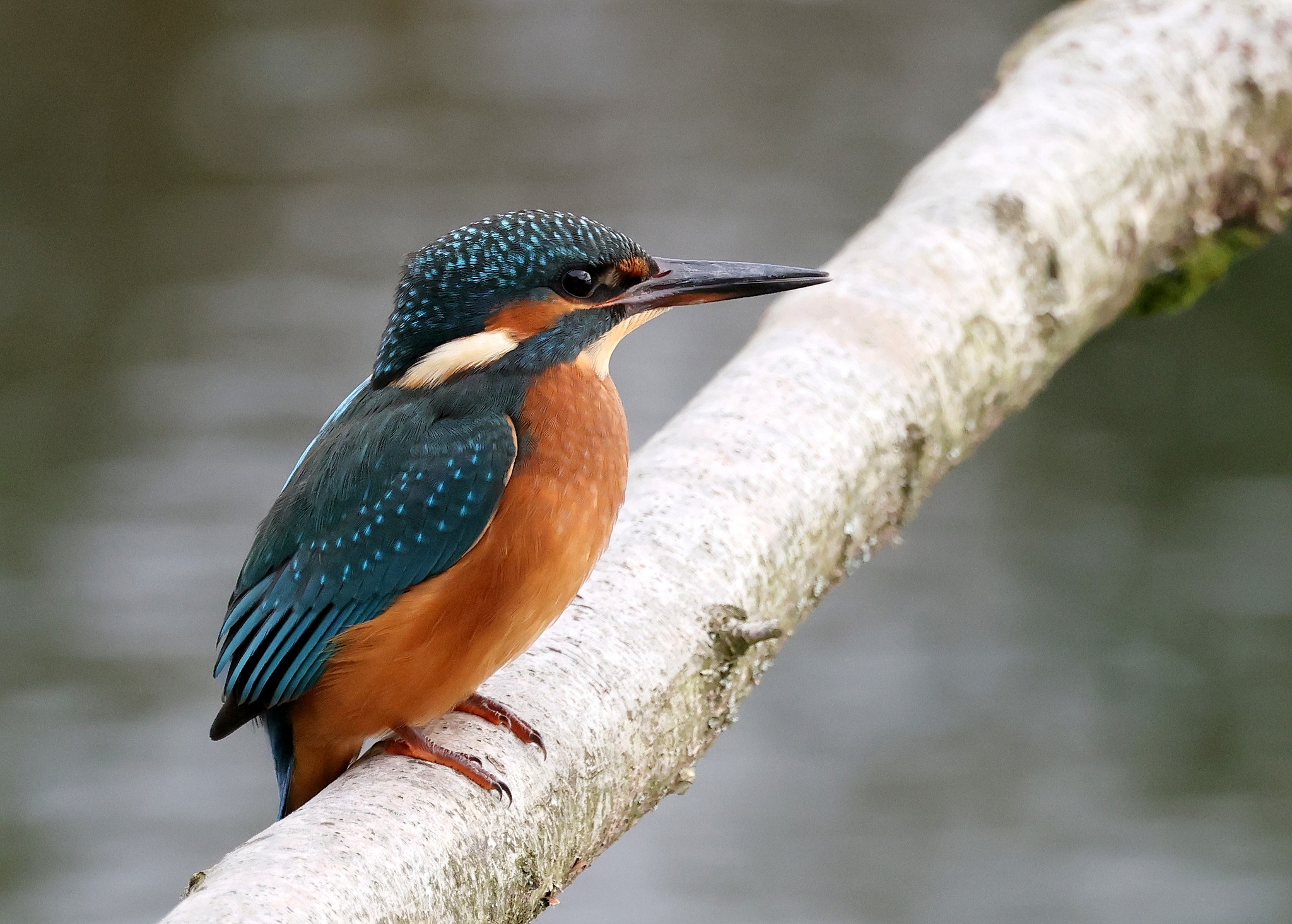Common Darter, Pygmy Shrew, Flower Crab Spider, and many more Mediterranean Gulls
Darting dragonflies and crabby crawlies
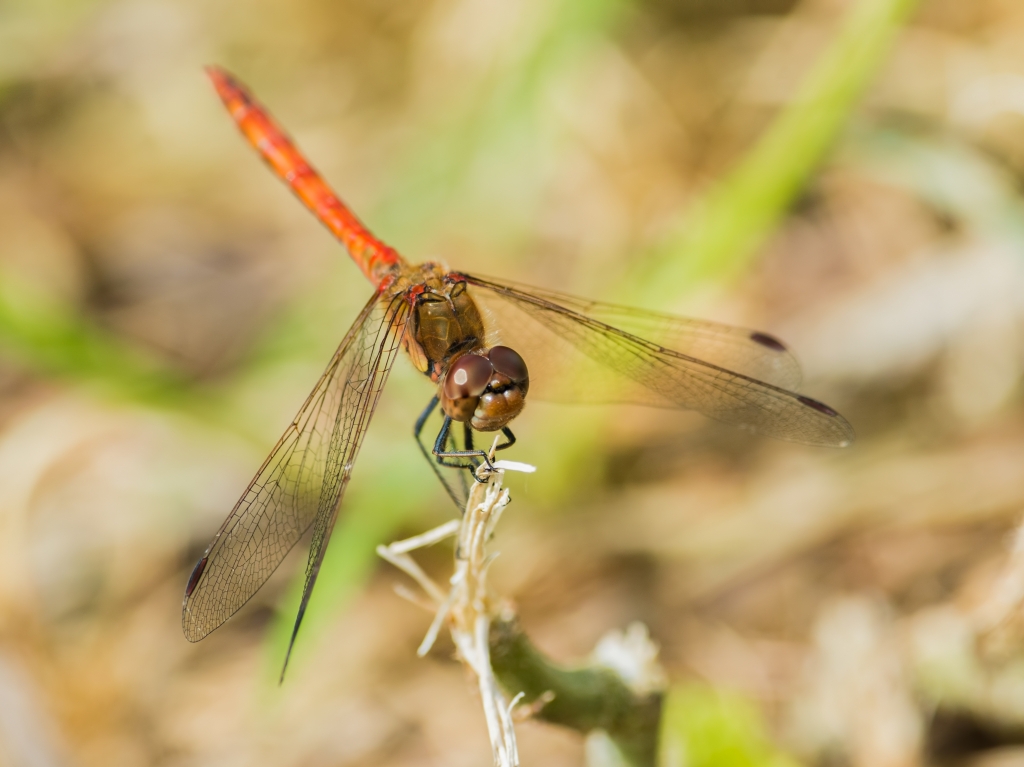
Bugs are on the menu this week!
Wildlife Sightings at WWT Llanelli from 9th – 15th June 2025
Highlights: Common Darter, Pygmy Shrew, Flower Crab Spider, Mediterranean Gull
Our first highlight of the week is our most recent dragonfly to emerge for the summer, the Common Darter. As the name suggests, these dragonflies are widespread and can be found almost anywhere with ponds from June to October, with some emerging earlier or persisting longer – even into December if mild weather allows. The Common Darter is named for its hunting strategy of hovering in place before “darting” towards its prey.
Next up is the hummingbird of the mammal world – the Pygmy Shrew! These tiny fellows are constantly active and constantly eating due to their mega metabolic rate. You’ll almost always find a pygmy shrew sniffing around for food, whether it be woodlice or spiders, as they need to eat around 125% of their body weight every day to keep going! You wouldn’t believe these tiny balls of fuzz would have such an appetite, but they’re feistier than you think – their territorial nature can lead to fighting, with the challengers letting out high-pitched squeals heard most often on summer nights.
Unlikely to be on the Pygmy Shrew’s menu thanks to their flower-top vantage point, is the Flower Crab Spider, named for its ability to walk sideways – like a crab! Found throughout the Millenium Wetlands, these camouflaged critters are most often seen atop Oxeye Daisies or Buttercups, changing their colouration between white and yellow to blend in best, ready to ambush their prey. Acting like a Venus Flytrap, the spider holds out its first two sets of arms, waiting for unsuspecting prey to wander right in. The spider, sensing its presence, snatches its prey and drains it completely using digestive enzymes, leaving only a husk behind.
Our last highlight of the week is the collection of over sixteen Mediterranean Gulls that have made themselves at home on Freshwater Lagoon, joining over seven hundred Black-Headed Gulls currently occupying the islands. Since the invasion of the aquatic Fox on Deep Water Lake, many of the Black-Headed Gulls have decided to move to Freshwater Lagoon, where many have begun nesting. Perhaps this will encourage the Mediterranean Gulls to nest too, but only time will tell!
Not to be forgotten are the Kingfishers nesting opposite the Kingfisher Screen. Recently, activity has amped up with the pair bringing fish into their nesting hole to feed their young. Additionally, a few sightings have been reported of juveniles hanging around the area as well – possibly from the pair’s last brood.
Other sightings include the Barnacle Goose from last week on the Dafen Scrapes, and Black and Yellow Longhorn Beetles on the Millennium Wetlands.
